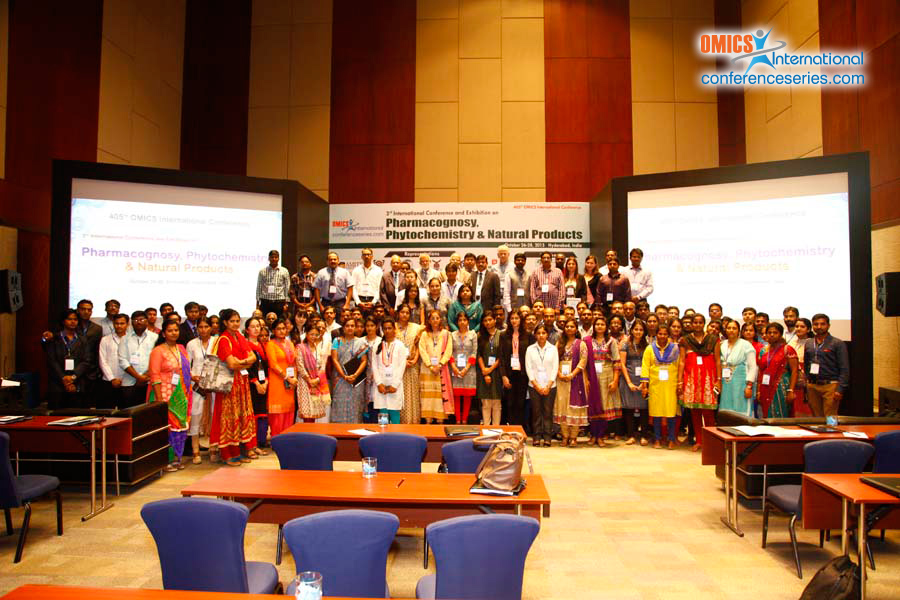
Vipul Suryavanshi
Bombay College of Pharmacy, India
Title: Resazurin microtitre assay (REMA) for antibacterial and antifungal activity of herbs of three antidiarrhoeal formulations: Bilagyl® and Berbenterone® tablets and Berbenterone® suspension
Biography
Biography: Vipul Suryavanshi
Abstract
Bilagyl®, Berbenterone® tablets and Berbenterone® suspension are Ayurvedic formulations used for antidiarrhoeal therapy. Herbs present in these formulations [Aegle marmelos (Bilwaphal), Berberis aristata (Daruharida), Punica granatum (Dadimtvak), Holarrhena antidysenterica (Kutajchal), Syzygium aromaticum (Lavang), Myristica fragrans (Jaiphal), Quercus infectoria (Maiphal), Cyperus rotundus (Nagarmotha), Aconitum heterophyllum (Ativisha), Embelia ribes (Vidang)] were subjected to various extraction procedures and the extracts were investigated by Resazurin microtitre assay (REMA) against Salmonella typhi, Escherichia coli, Staphylococcus aureus, Shigella flexneri and Candida albicans. All plants investigated showed anti-infective activity but only certain extracts of the herbs investigated were active. Some extracts showed only antibacterial activity while some extracts showed both antibacterial and antifungal activity. Hexane extract of Embelia ribes (Vidang) showed lowest MIC values against E. coli (0.190-0.381 μg/ml), S. flexneri (0.190-0.381 μg/ml), S. aureus (0.190-0.381 μg/ml) and S. typhi (3-6 μg/ml). Chloroform extract of Myristica fragrans (Jaiphal) and Quercus infectoria (Maiphal) showed lowest MIC value against C. albicans (24.4-48.8 μg/ml). Ciprofloxacin [MIC values: E. coli (0.01-0.02 μg/ml), S. flexneri (0.04-0.08 μg/ml), S. aureus (0.08-0.16 μg/ml) and S. typhi (0.04-0.07 μg/ml)] and fluconazole (MIC against C. albicans is 4.8-9.7 μg/ml) were used as standard antibacterial and antifungal agents, respectively.

